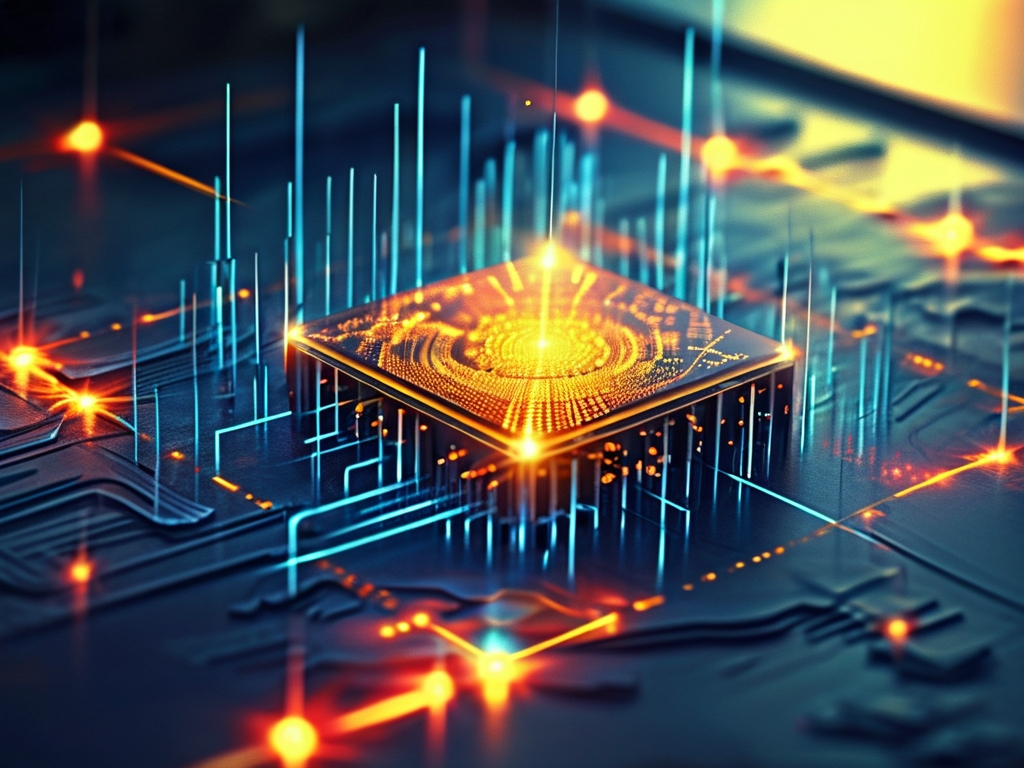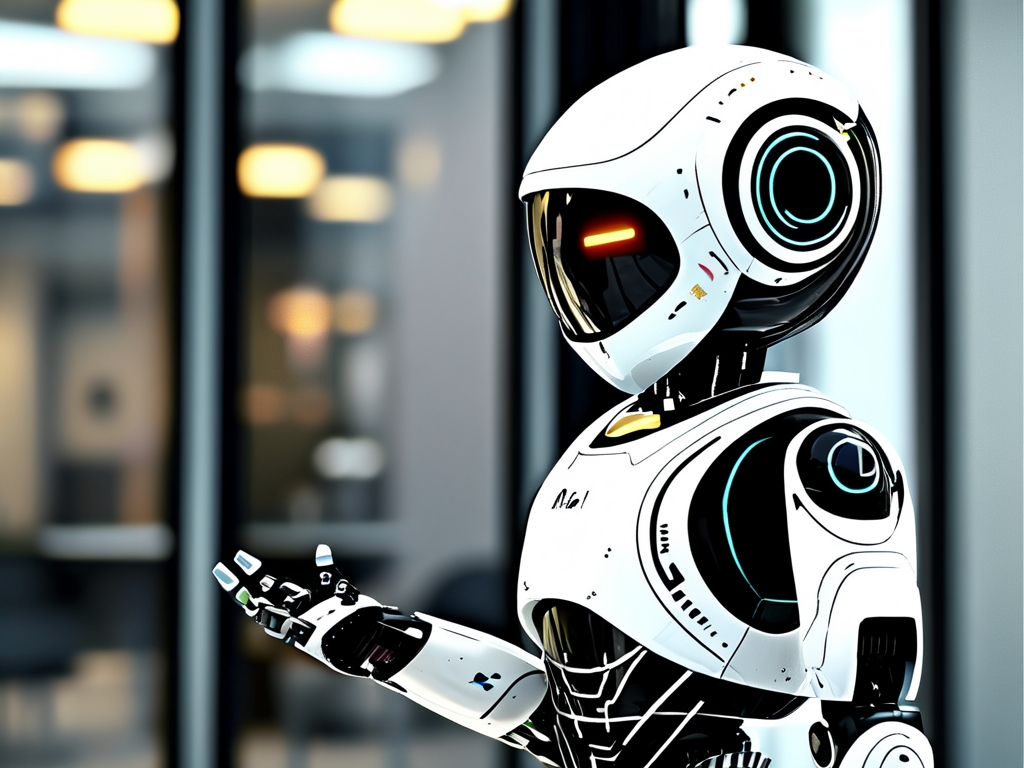The intersection of information technology (IT) and quantum mechanics represents one of the most transformative frontiers in modern science and engineering. While these fields may seem unrelated at first glance, their convergence is reshaping how we process information, secure data, and solve complex problems. This article explores what aspiring learners should study to navigate this interdisciplinary domain and why it holds unprecedented potential for technological advancement.
Understanding the Foundations
To grasp the synergy between IT and quantum mechanics, one must first build a strong foundation in both disciplines.
1. Core Principles of Information Technology
Information technology revolves around the storage, processing, and transmission of data using classical computing systems. Key areas include:
- Computer Architecture: Understanding classical bits, logic gates, and von Neumann architecture.
- Algorithms and Data Structures: Mastering efficiency in problem-solving, from sorting algorithms to machine learning models.
- Networking and Cybersecurity: Learning protocols like TCP/IP and encryption methods such as RSA and AES.
2. Fundamentals of Quantum Mechanics
Quantum mechanics deals with the behavior of particles at atomic and subatomic scales. Essential concepts include:

- Superposition: A quantum system’s ability to exist in multiple states simultaneously.
- Entanglement: Correlations between particles that persist regardless of distance.
- Wave-Particle Duality: The dual nature of quantum entities as both particles and waves.
Where IT Meets Quantum Mechanics
The fusion of these fields has given rise to groundbreaking technologies. Here’s what learners should focus on:
1. Quantum Computing
Quantum computers leverage qubits (quantum bits) to perform calculations exponentially faster than classical computers for specific tasks. Key topics include:
- Qubit Manipulation: Learning how superposition and entanglement enable parallel processing.
- Quantum Algorithms: Studying Shor’s algorithm (for factoring large numbers) and Grover’s algorithm (for database searching).
- Error Correction: Addressing decoherence and noise in quantum systems.
2. Quantum Communication
Quantum mechanics enables ultra-secure communication through quantum key distribution (QKD). Students should explore:
- Quantum Cryptography: Using photon polarization to detect eavesdropping.
- Quantum Networks: Developing infrastructure for long-distance quantum entanglement.
3. Quantum Sensing and Imaging
Quantum sensors exploit entanglement to achieve unprecedented precision in measuring physical quantities like time, gravity, or magnetic fields. Applications range from medical imaging to environmental monitoring.
Educational Pathways
Aspiring professionals must adopt an interdisciplinary approach:
1. Mathematics and Physics

- Linear algebra, probability theory, and differential equations form the backbone of quantum computation.
- Advanced physics courses in quantum theory and electromagnetism are critical.
2. Computer Science and Engineering
- Programming languages like Python, Q# (Microsoft’s quantum language), and Quipper.
- Hands-on experience with quantum simulators (e.g., IBM’s Qiskit) and cloud-based quantum computers.
3. Ethics and Societal Impact
As quantum technologies advance, ethical considerations—such as quantum hacking risks and workforce disruption—must be addressed.
Real-World Applications
The IT-quantum synergy is already driving innovation:
- Drug Discovery: Quantum simulations accelerate molecular modeling for pharmaceutical research.
- Climate Modeling: Quantum algorithms improve predictions for complex systems like weather patterns.
- Financial Systems: Portfolio optimization and fraud detection benefit from quantum speedups.
Challenges and Future Directions
Despite progress, hurdles remain:
- Scalability: Building stable, large-scale quantum computers.
- Interoperability: Integrating quantum systems with classical IT infrastructure.
- Education Gaps: Bridging the knowledge divide between physicists and software engineers.
Looking ahead, the demand for professionals skilled in both IT and quantum mechanics will soar. Universities and industries are already launching joint programs to cultivate this hybrid expertise.
Learning the intersection of information technology and quantum mechanics is not just about mastering two fields—it’s about pioneering a new era of innovation. From unbreakable encryption to solving climate crises, the possibilities are limitless. As quantum technologies transition from labs to real-world applications, those equipped with interdisciplinary knowledge will lead the charge in shaping tomorrow’s digital landscape.



